A Journey Through History and Restoration
The Nagoya Castle complex is a timeless symbol of Japan's rich cultural heritage and historical significance. Built in the early 17th century under the directive of Tokugawa Ieyasu, this architectural marvel served as a testament to the power and might of the Tokugawa clan.
A Legacy of Power and Prestige
The story of Nagoya Castle began in 1610 when Tokugawa Ieyasu, the victorious leader of the Battle of Sekigahara, sought to solidify his authority in the Owari region by commissioning the construction of a magnificent fortress.
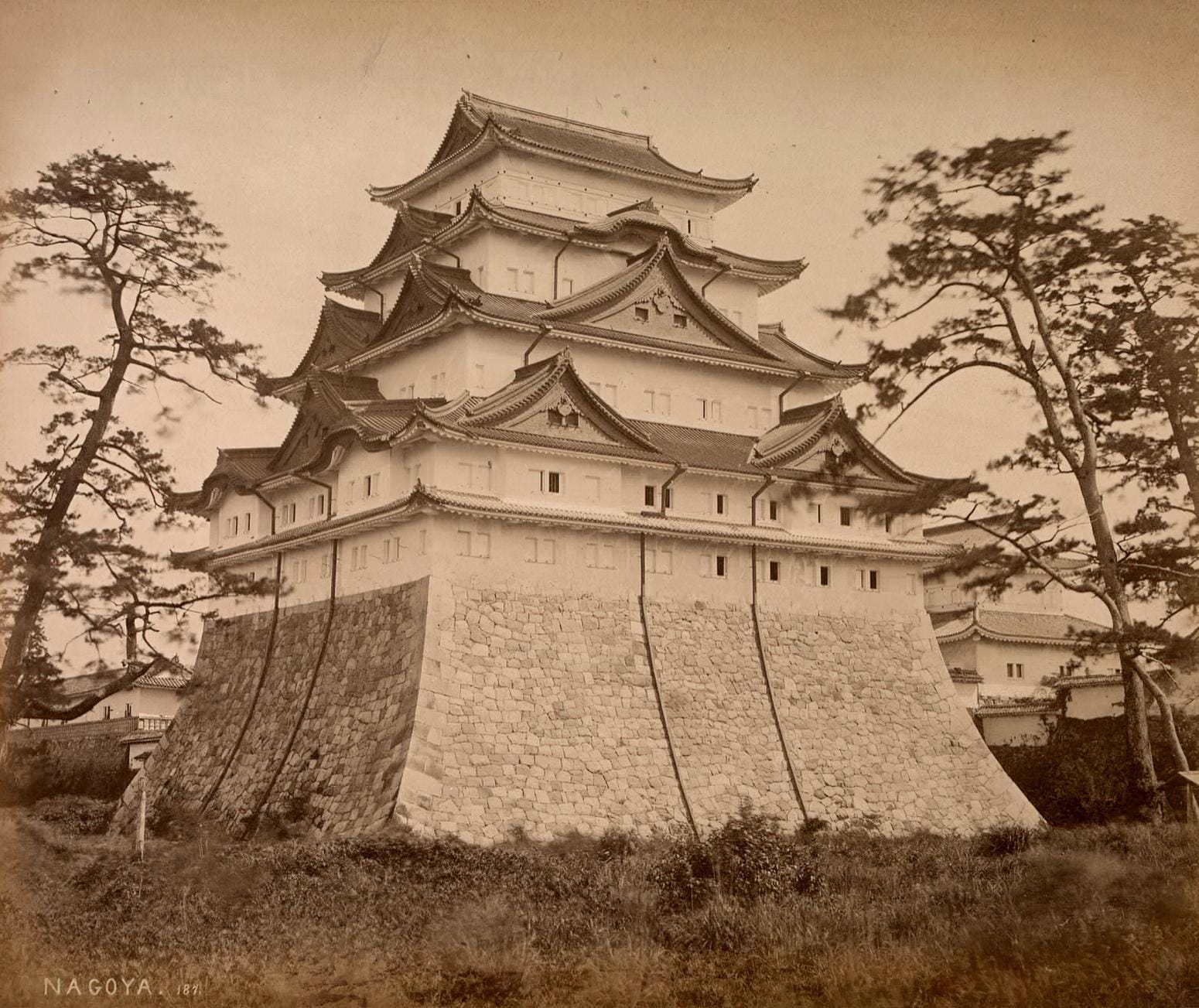
Adorned with golden Kinshachi (golden tiger-fish roof ornaments), the castle's towering keep symbolized the Tokugawa clan's dominance and prestige. With its vast Ni-no-maru Garden and imposing stone walls, Nagoya Castle emerged as a formidable stronghold during the Edo Period (1603-1867), shaping the development of the surrounding city of Nagoya.
Destruction and Resilience
Despite its resilience throughout centuries, Nagoya Castle faced its most significant challenge during World War II. In May 1945, American aerial bombing reduced the castle, along with turrets, palace, several keeps, and gates, to ashes. However, amidst the devastation, the spirit of Nagoya Castle endured.
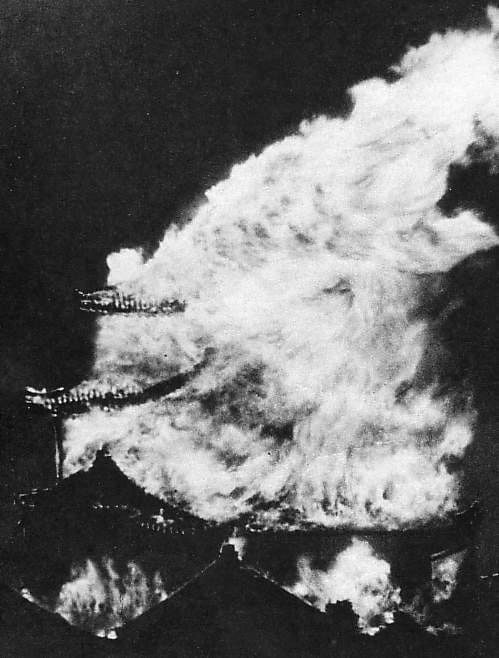
In 1959, the Main Keep of Nagoya Castle was reconstructed using ferro-concrete. However, by the 21st century, there was a growing appreciation for traditional architecture and cultural heritage. The decision was made to embark on a bold new endeavor – reconstructing the main keep using wood, as it was originally built centuries ago – a feat made possible by the detailed plans of the castle, which survived its 1945 destruction.
A Journey of Renewal
In May 2018, the ferro-concrete main keep was closed to the public in preparation for its scheduled demolition in 2024. Construction on the new wooden main keep is slated to commence in 2026, with completion expected by October 2028
Preserving the Legacy
The decision to reconstruct the main keep in wood reflects a commitment to preserving Nagoya Castle's rich architectural heritage. The new main keep will pay homage to the castle's illustrious past and ensure its continued relevance and significance for future generations by returning to traditional building materials and techniques.
The Hommaru Palace
While visitors to the Nagoya Castle complex cannot currently visit the Main Keep, they can see one of Nagoya's most significant cultural treasures - the exquisitely rebuilt Hommaru Palace.
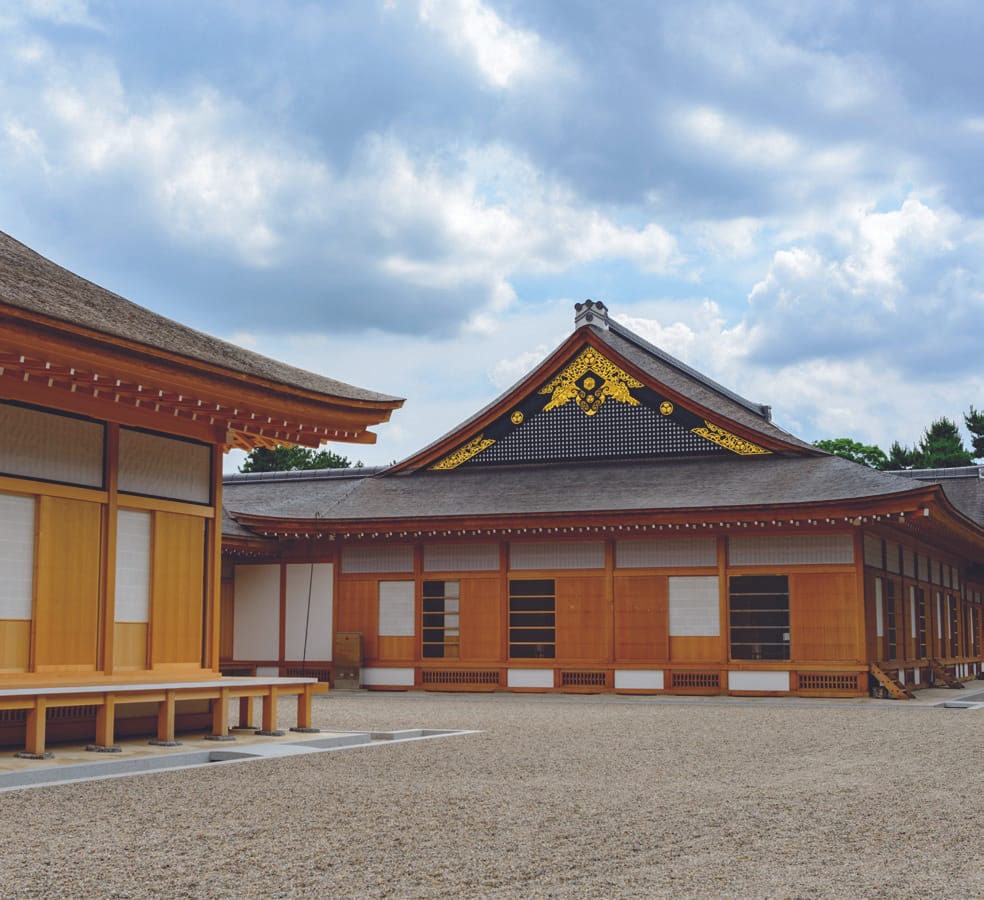
First constructed in 1615, the Honmaru Palace is a masterpiece of Edo-period castle architecture that served as the administrative center and residence of the Owari feudal lord.
Though the palace was also destroyed during the wartime air raids, its restoration in 2018 marked a triumph of preservation and cultural heritage. With meticulous attention to detail and the use of original materials and techniques, the interior is adorned with stunning wall paintings and decorative fittings, reflecting the opulence and refinement of the era. The Hommaru Palace has emerged as a modern national treasure, inviting visitors to immerse themselves in its timeless elegance.
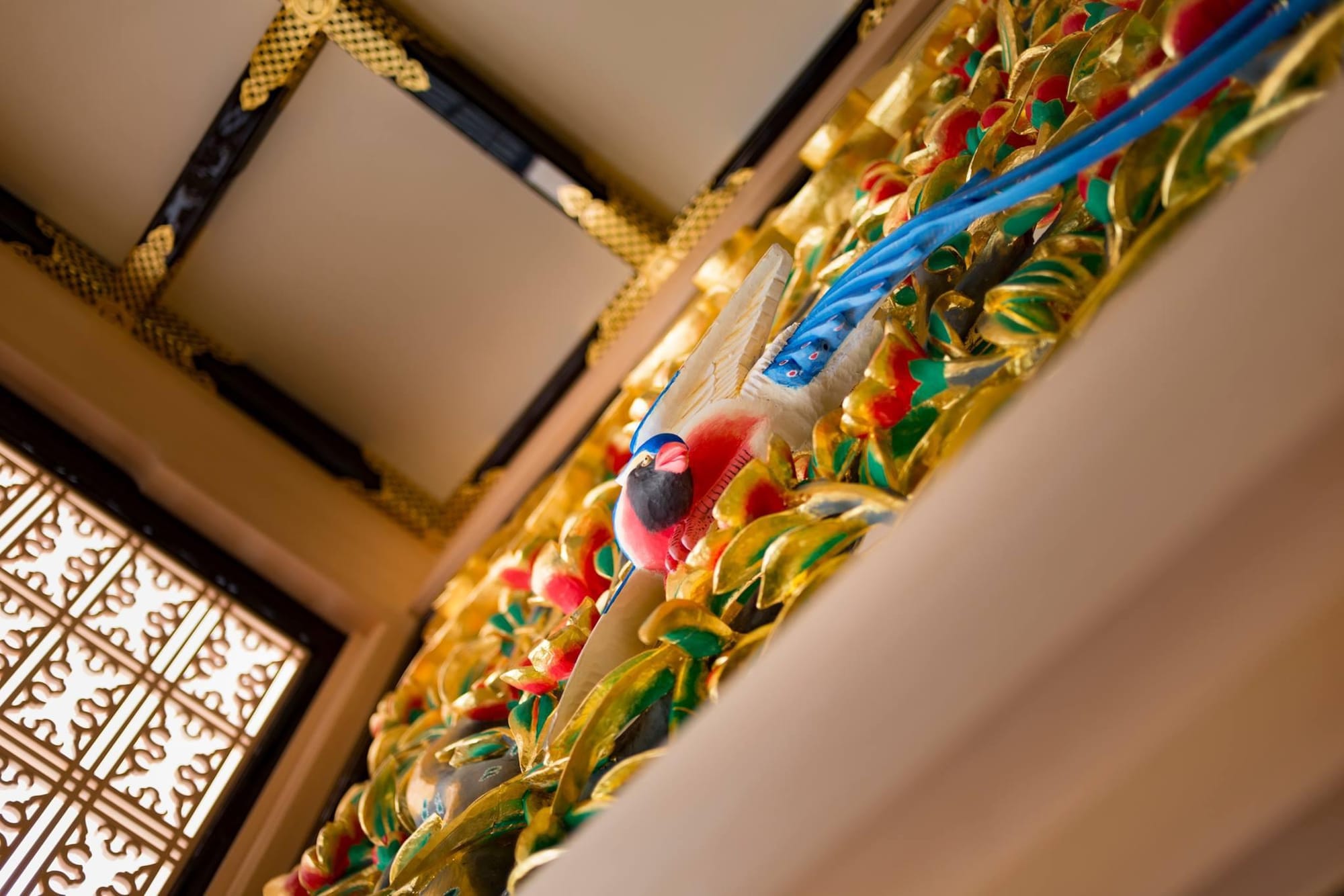
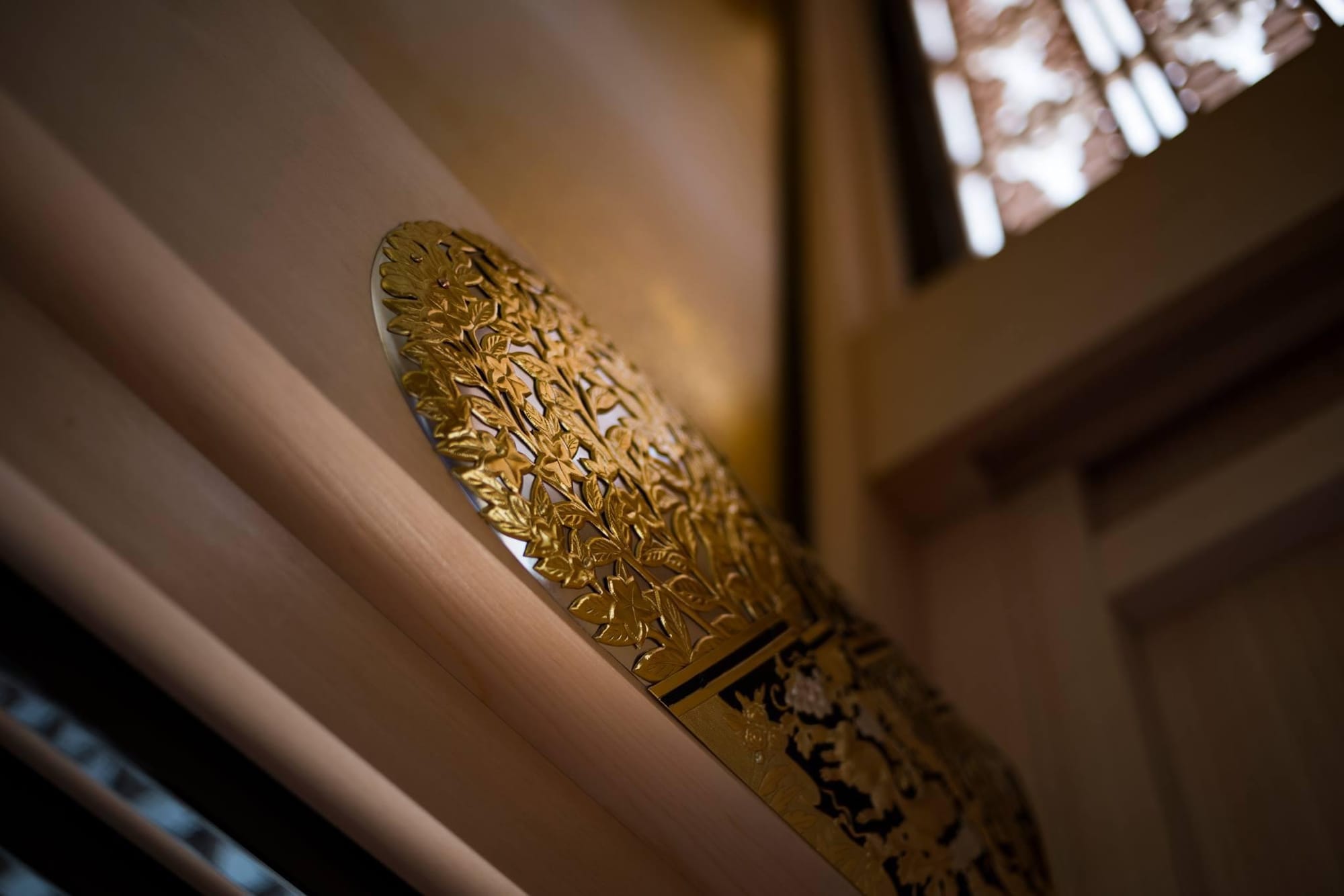
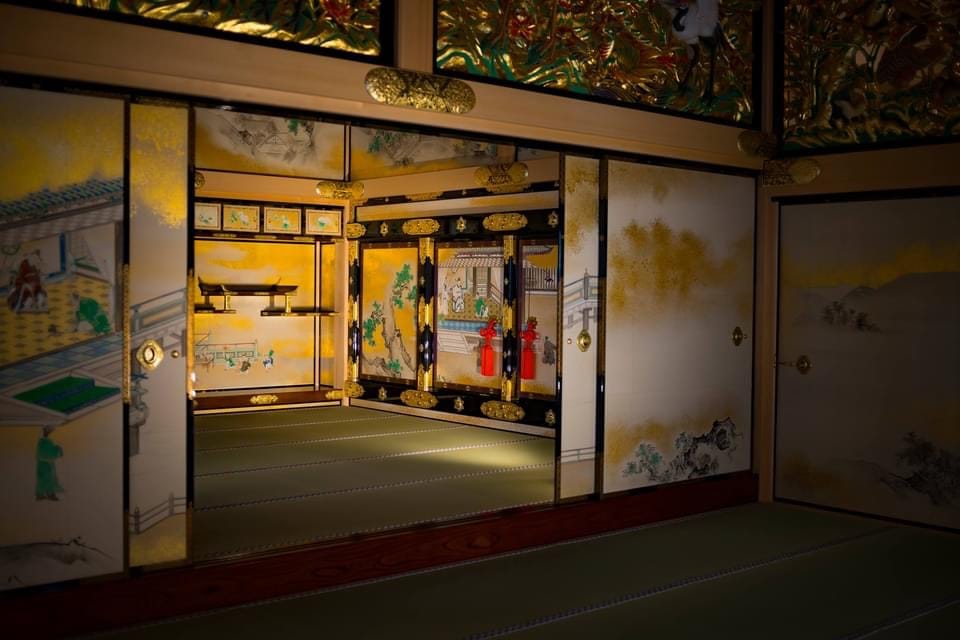
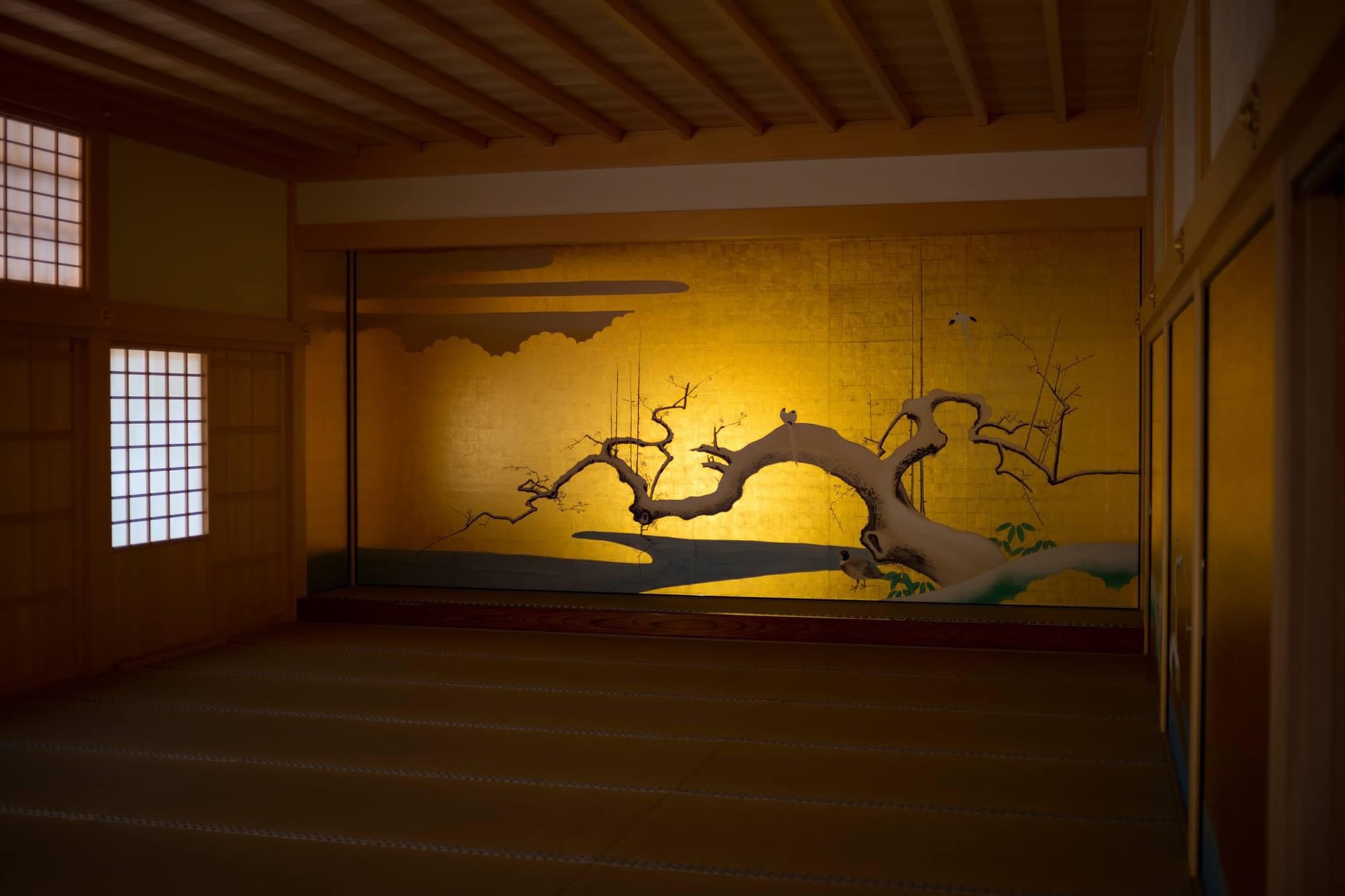
Opening Hours
Nagoya Castle is open from 9:00 a.m. to 4:30 p.m. (Entrance until 4:00 p.m.). Last admission to the Hommaru Palace and Nishinomaru Okura Museum is at 4:00 p.m. It takes about 10 minutes to walk from the Main or East Gates to the Hommaru Palace, so be sure to arrive at the entrance before 4:00 p.m. Similarly, it takes about 5 minutes to walk from the Main Gate to the Nishinomaru Okura Museum, and about 10 minutes from the East Gate. Ensure you arrive at the respective entrances before 4:00 p.m.
Closed:
December 29 to January 1.
Admission Fees:
Adults: ¥500
Nagoya City Senior Citizen: ¥100
Children in junior high school and younger: Free
(Group Rates are also available)

Nagoya Buzz
Events, local info, and humor for the international community of Nagoya, Japan.
Follow Nagoya Buzz :






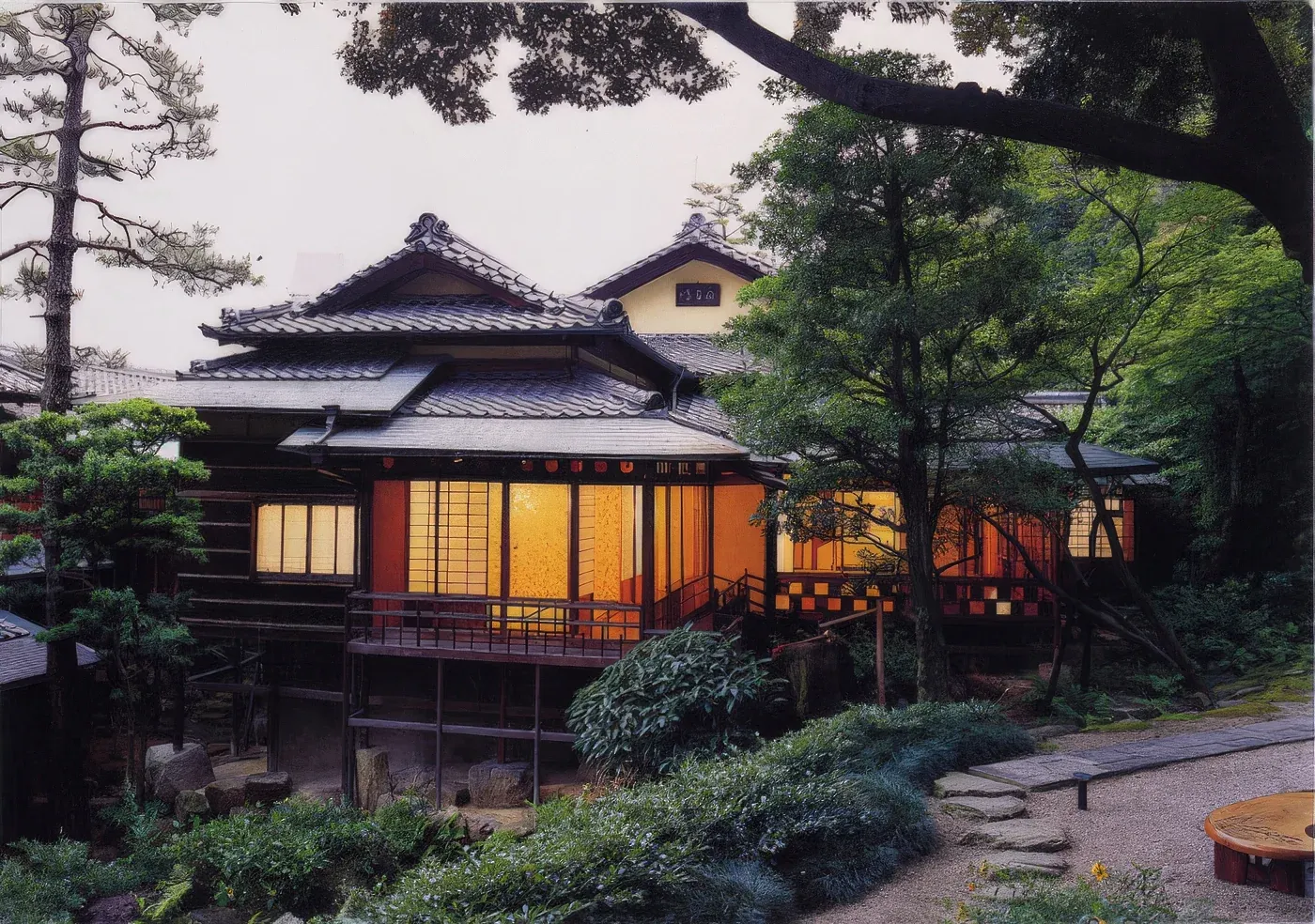
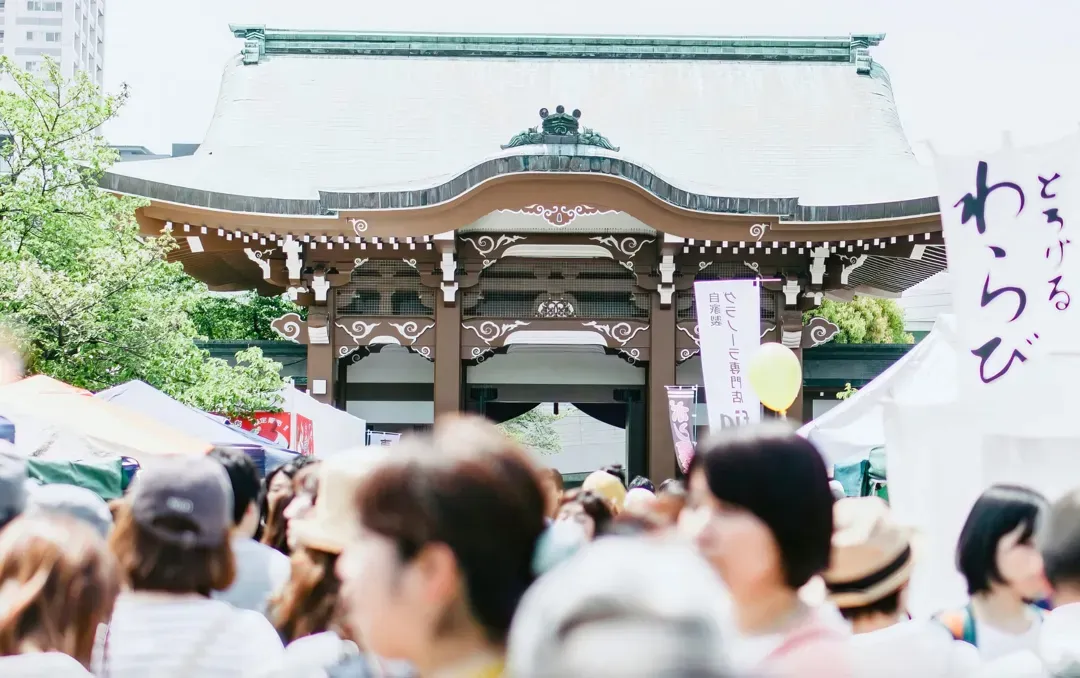
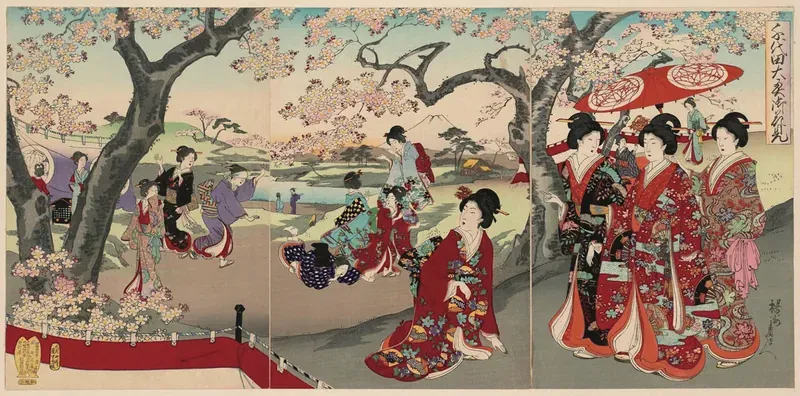

Leave a Comment